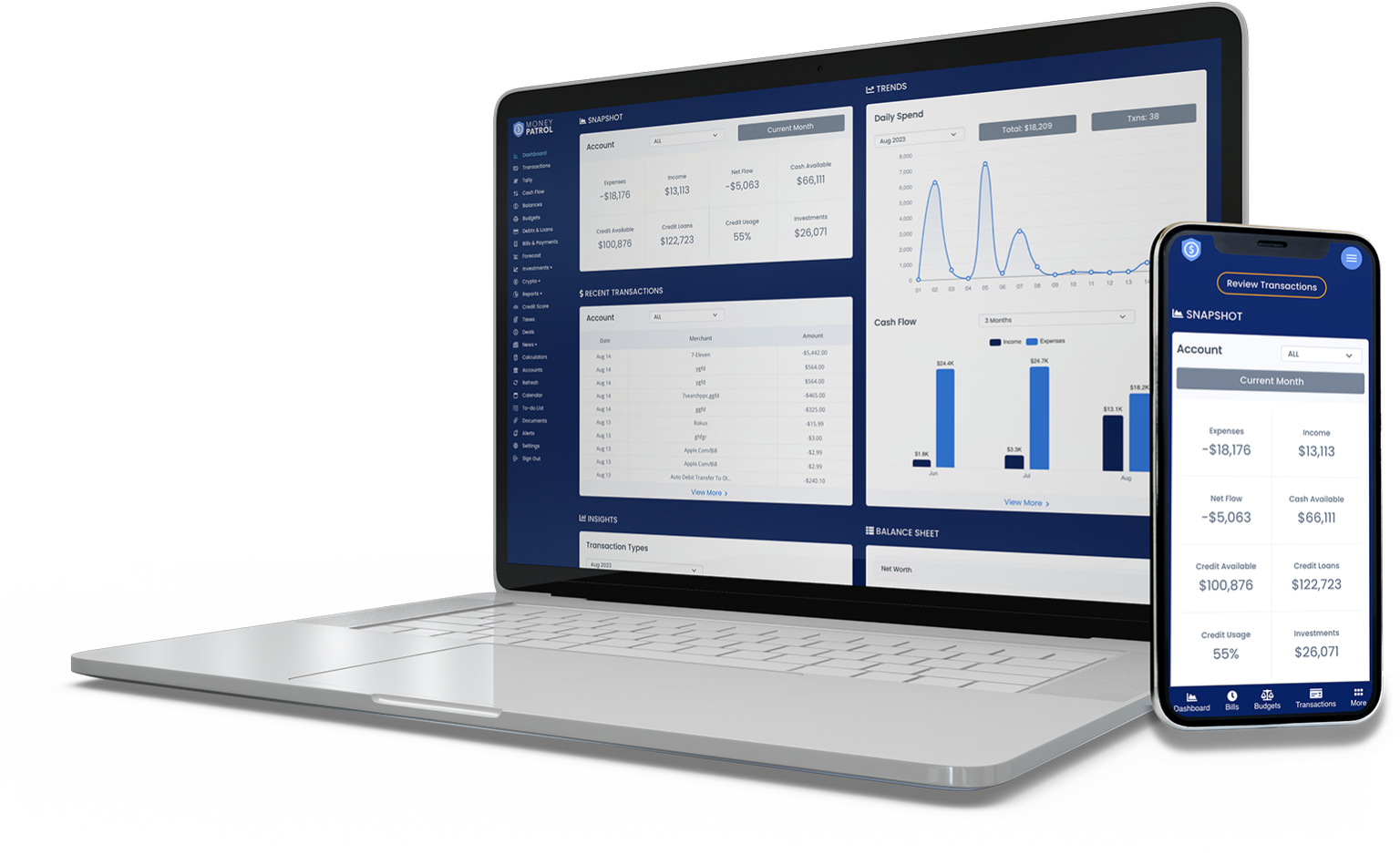What is Inflation? You must have heard of it. Every household’s spending habits differ: some own a vehicle and consume meat. In contrast, others rely primarily on public transportation or are vegetarians. The typical spending patterns of all families decide how much weight particular items and services have in the inflation assessment.
When determining the average price rise, the prices of things we buy more. Such as, electricity is given more weight than those products we believe less, such as sugar or postal stamps.
- A “basket” of products represents all the goods and services families use during the year.
- Every item in this basket has a price, which might fluctuate over time.
- The yearly inflation rate is the difference in the price of the complete basket in one month over the same month the previous year.
Inflation is the rate at which prices grow over time. Inflation is sometimes characterised as a broad indicator, such as total price rises or the cost of living in a country.
- It may, however, be calculated more precisely—for specific products such as food or services like a haircut.
- Inflation measures how much more expensive a specified set of goods and services has become over a given period, often a year.
The cost of living for consumers is determined by the prices of various products and services and the proportion of each in the household budget. In the United States, housing expenditures, including rent and mortgages, account for the lion’s share of the consumer basket. Government agencies undertake home surveys to establish a basket of regularly purchased commodities and track the cost of buying this basket over time to determine the typical consumer’s cost of living.
What is Inflation?
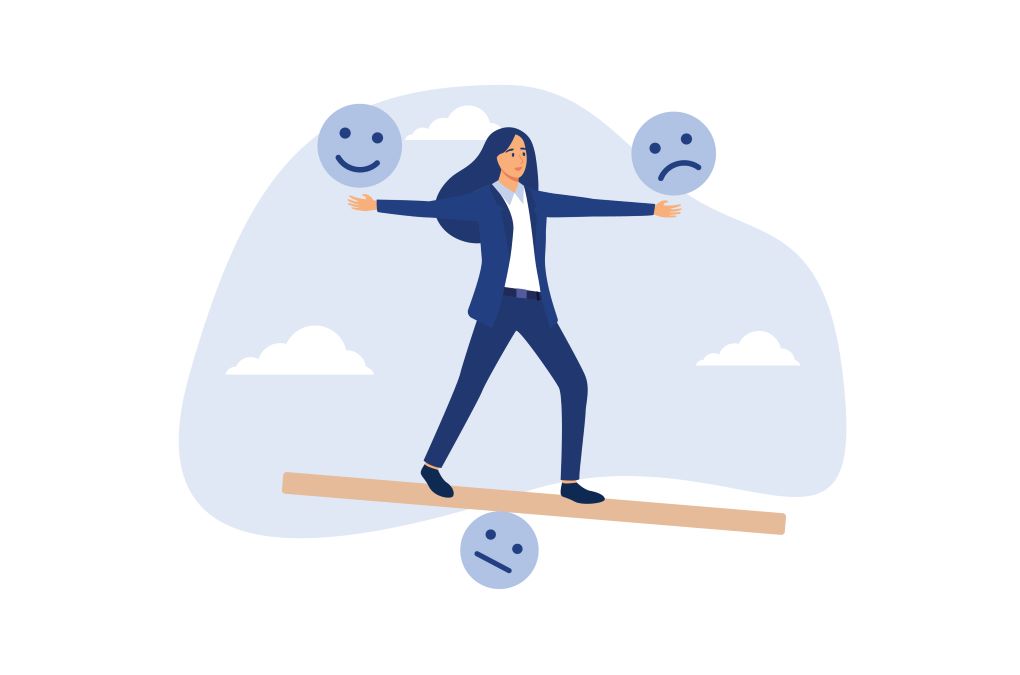
Many identify inflation with price increases in a few essential items or services, such as oil, or even in a particular industry, such as real estate. However, inflation occurs only when the overall prices of goods and services rise. The increases are assumed to be caused by two major forces: demand-pull inflation and cost-push inflation.
- Demand-pull inflation occurs when the economy’s demand for goods and services exceeds its ability to create them.
- This scarcity puts upward pressure on prices, causing inflation.
When the price of input products and services rises, the cost of end goods and services increases, causing inflation.
When prices grow faster than earnings, this results in a loss of buying power. It compels people to spend more dollars, euros, or other currencies to acquire basics, which can put the typical consumer in a bind.
The Consumer Pricing Index (CPI) is the most widely used price index in the United States. It measures the average change in the price of a typical basket of consumer goods and services over time. Changes in a price index are commonly used to calculate the inflation rate.
Inflation is caused by either a rise in demand or a reduction in supply. However, because multiple economic situations and causes might shift either of these needles, pinpointing the actual source of inflation is not that straightforward.
At any particular time, inflation can be caused by a combination of market and governmental influences.
What are the Effects of Inflation on Personal Finance?
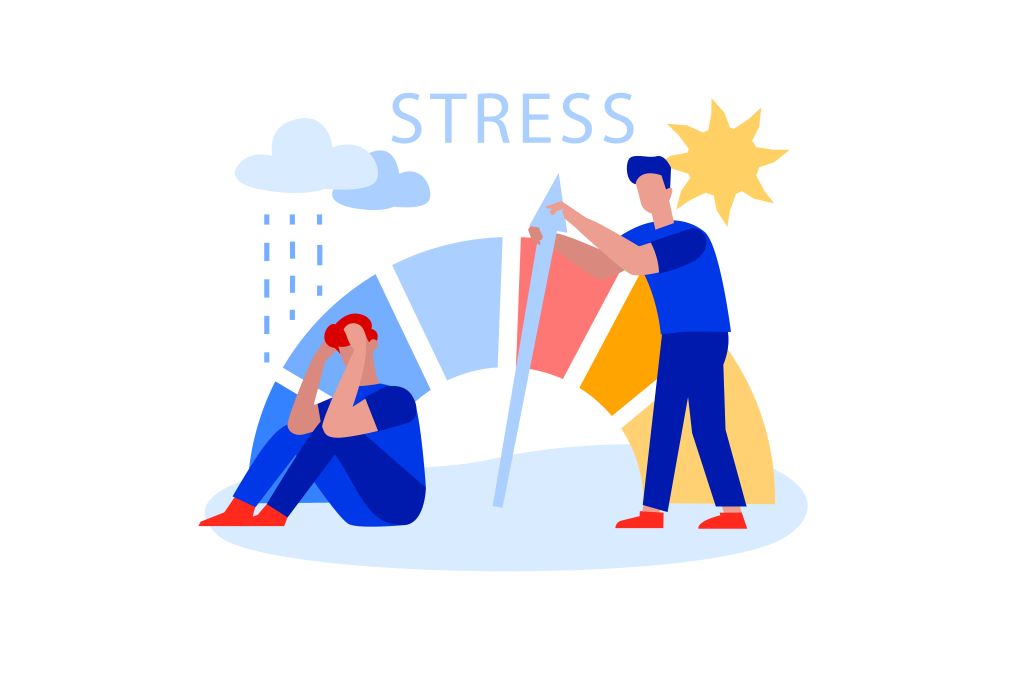
Rising prices may indicate a rapidly expanding economy. People buying more than they need to avoid higher costs tomorrow stimulates demand for products and services. Suppliers are unable to keep up. Worryingly, neither can salaries. As a result, most individuals cannot afford everyday products and services.
Inflation is the rate at which prices fluctuate. Inflation raises your cost of living over time. Inflationary pressures force you to pay more for the same products and services.
It can assist you in income or asset inflation, such as in real estate or stocks if you possess the assets before prices increase.
Still, your purchasing power diminishes if your income does not keep pace with inflation.
Inflation raises your cost of living over time. When the inflation rate is high enough, the economy suffers.
Inflation has a positive side effect when it is modes. Inflation may be beneficial to the economy at the time. Economic growth is driven by consumer spending. When consumers anticipate inflation, they spend now rather than later because they know prices will rise in the future.
The Federal Reserve does establish an inflation objective. It seeks a healthy core inflation rate of 2%, excluding food and energy cost effects. The central bank desires inflation, which induces customers to anticipate that prices will continue to rise.
1. Wears down Purchasing Power
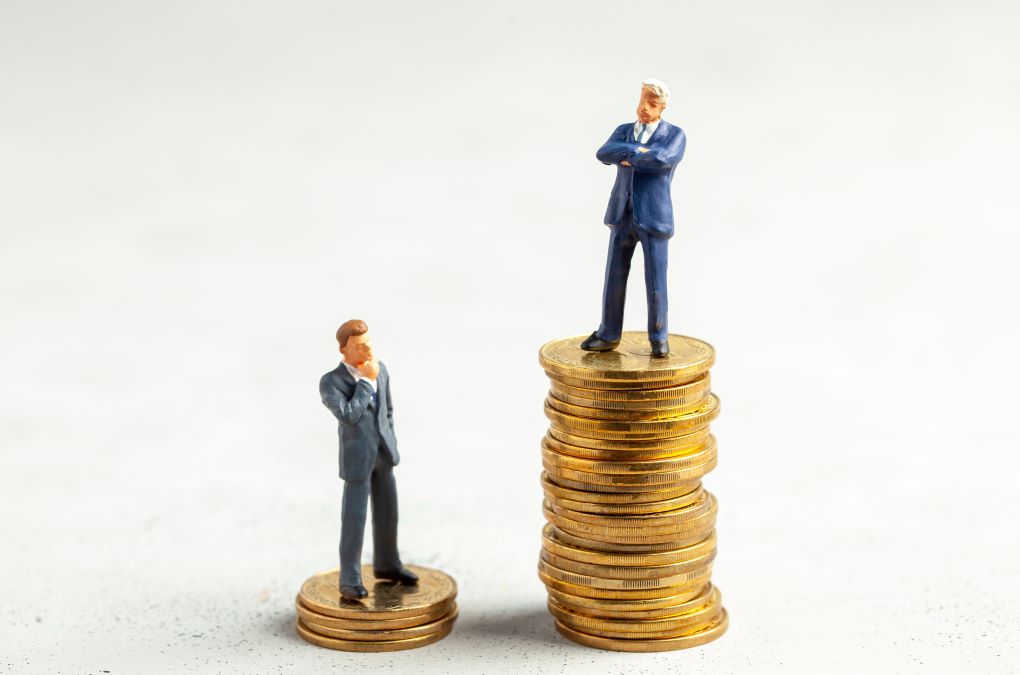
It is the primary and most ubiquitous consequence of inflation. Over time, a general increase in prices diminishes customers’ buying power since a constant quantity of money allows for gradually less spending.
- Consumers lose buying power whether inflation is at 2% or 4%; they lose it twice as fast at the higher rate.
- Compounding would assure that if long-run inflation doubled, the overall price level would rise more than twice.
Inflation is the price increase over time for a basket of goods and services that reflects total consumer expenditure. The Consumer Price Index (CPI) is the most well-known inflation measure. At the same time, the Federal Reserve bases its inflation targeting on the PCE Price Index.
2. The Impact on Retirement Planning

Inflation might be detrimental to your retirement planning. To maintain the same standard of living, your target amount must continue to rise. In other words, your funds will purchase less over time.
- Save more than you think you’ll need to cover inflation during retirement.
- It’s also critical to start saving as soon as possible to maximise the benefits of compounding interest.
There is less agreement on whether rising inflation harms or benefits equities. The definition of high inflation and if the historical record includes the 1970s, a lost decade for US equities due to stagflation, may influence the conclusions.
3. Increases Interest Rates
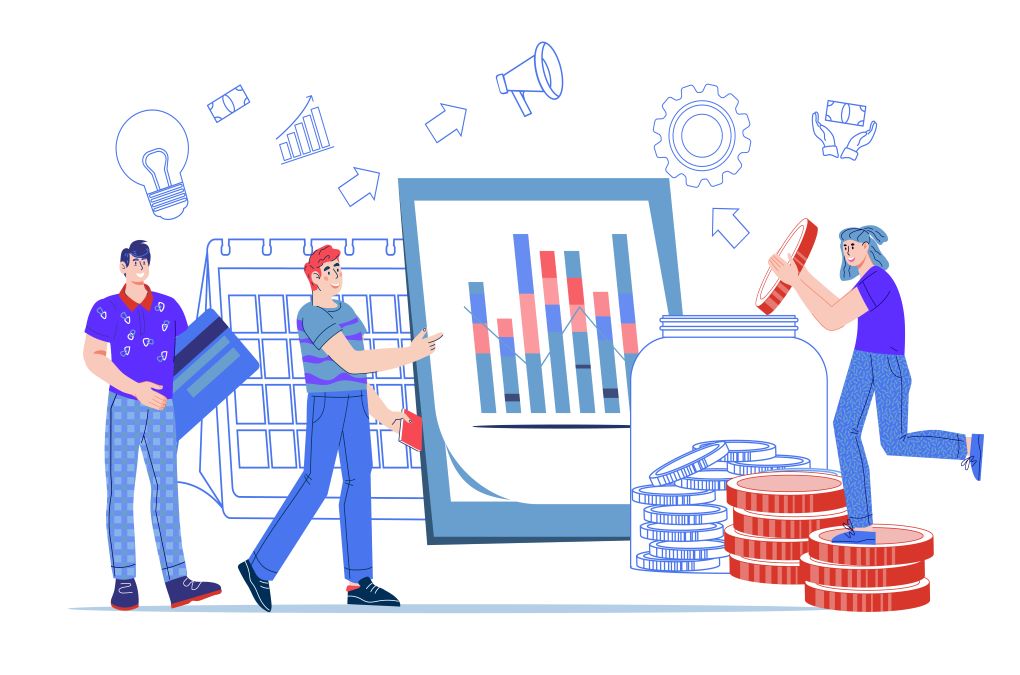
Over the last century, the strategy in the United States and worldwide has been to regulate inflation through monetary policy. As the preceding instances show, governments and central banks have a strong incentive to keep inflation under control.
- When inflation threatens to surpass a central bank’s objective, officials can raise the minimum interest rate, increasing borrowing costs throughout the economy by restricting the money supply.
- As a result, inflation and interest rates tend to rise in lockstep.
- Central banks may suppress the economy’s animal spirits or risk appetite, as well as the resulting price pressures, by boosting interest rates as inflation rises.
The projected monthly payments on that yacht, or that corporate bond issuance for a new development project, now seem a little out of reach. Meanwhile, the risk-free rate of return on freshly issued Treasury bonds is expected to climb, rewarding savers.
4. Job Opportunities in the Short Term
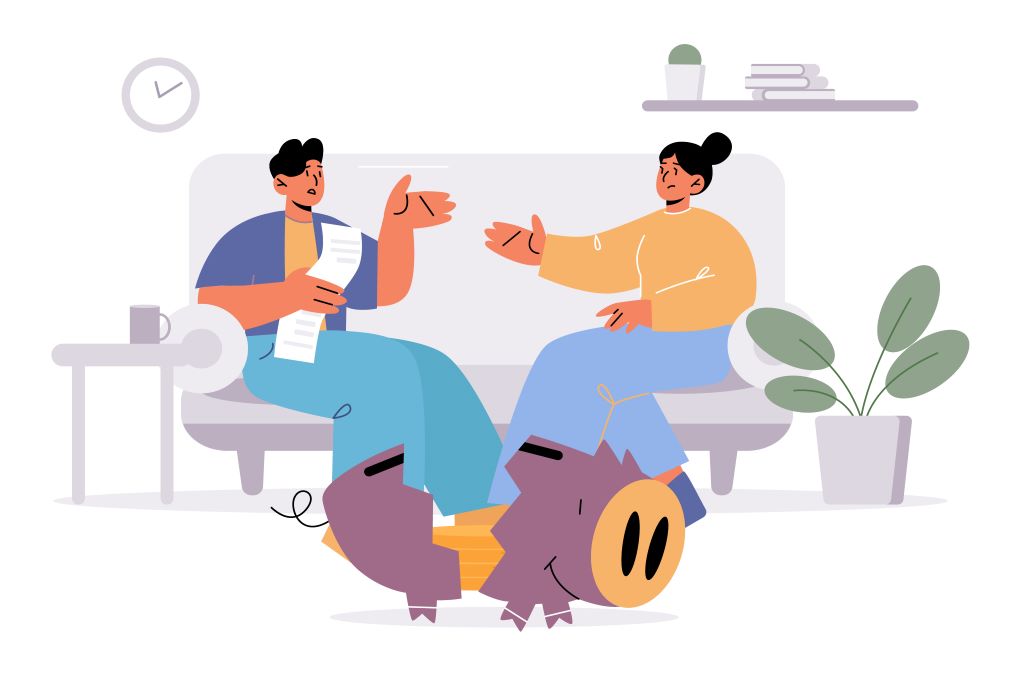
Higher inflation can contribute to more robust economic growth in the short run. While the 1970s are remembered as a decade of stagflation, real GDP in the United States rose 3.2 per cent yearly between 1970 and 1979, well above the economy’s average growth rate since.
- Inflationary pressures discourage saving because they erode the purchasing power of savings over time.
- This possibility can entice consumers to spend and businesses to invest.
While a result, as inflation rises, unemployment frequently falls at first. The Phillips curve was developed due to historical observations of the inverse connection between unemployment and inflation.
The critical point about 401K investments is that the contribution amount will be auto deducted from your paycheck, and it is a tax-deferred investment.
You are not charged any taxes in your salary for this investment.
You may have to pay early withdrawal penalties; however, our recommendation is that you never touch your 401K investments until before the age of 60 years. When you start your withdrawals at that time, the taxes you pay will be much lower.
5. It Can result in Painful Recessions

The problem with the inflation-unemployment trade-off is that extended acceptance of higher inflation to protect jobs may cause inflation prospects to rise to the point where they set off an inflationary curved of price hikes and pay increases, as happened in the United States during the 1970s stagflation.
- To recoup lost confidence and persuade everyone that it could manage inflation, the Federal Reserve was compelled to increase interest rates considerably higher and maintain them there for much longer.
Bonds are often lower-risk investments that provide fixed-rate interest payments regularly. Extreme inflation reduces the bond value by decreasing the present value of income.
Investors who own a Treasury bond will continue to receive coupon payments, followed by principal repayment at maturity. The yield on freshly issued bonds rises when interest rates rise in response to growing or excessive inflation. Because bond prices are the inverse of bond yields, the market price of bonds issued before at a lower product falls accordingly.
Conclusion
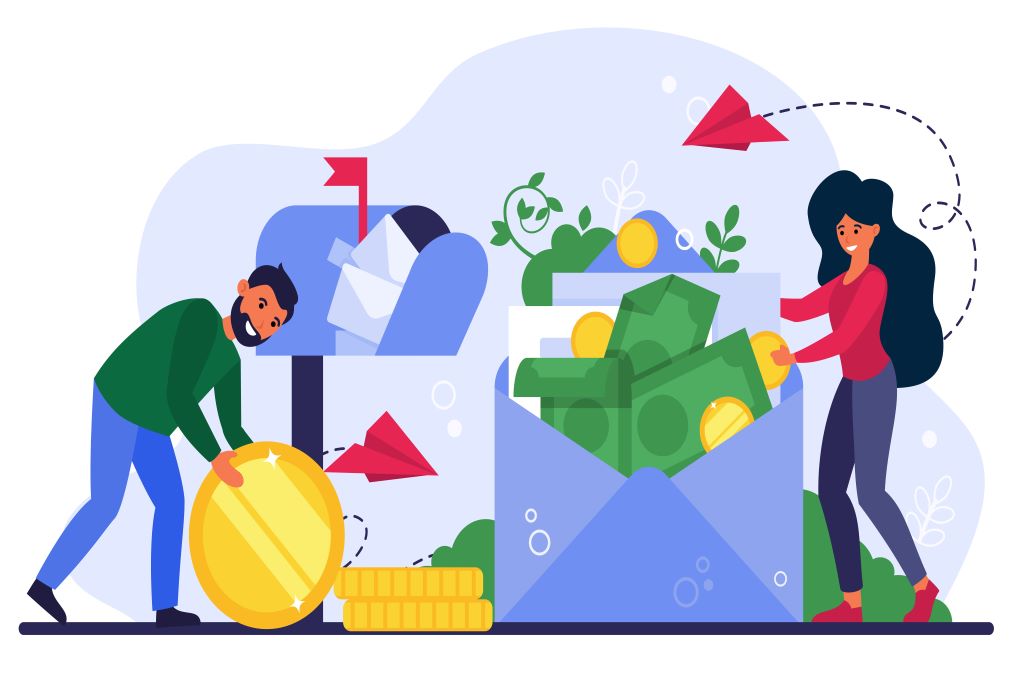
Inflation is defined as the long-term rise in the prices of goods and services. Between 1914 and 2022, the yearly inflation rate in the United States averaged 3.27 per cent. Modest inflation has been a part of life and the usual economic state for over a century.
Hyperinflation is defined as monthly inflation of more than 50%. It occurs when the government effectively creates money without consideration for the pace of inflation.
- It happened in Germany in the 1920s (with the highest monthly inflation rate of 29,525.71%) and Zimbabwe in the 2000s (the last recorded monthly inflation rate of 2,600.2 per cent in 2008).
- If inflation ever approaches hyperinflation, your most excellent protection is to acquire gold or other non-dollar currency.
- Another strategy to profit from inflation is to invest in the stock market.
- Inflation boosts prices and reduces buying power.
- Inflation reduces the purchasing power of pensions, savings, and Treasury bills.
- Real estate and valuables often maintain pace with inflation.
- Loan variable interest rates rise in response to inflation.
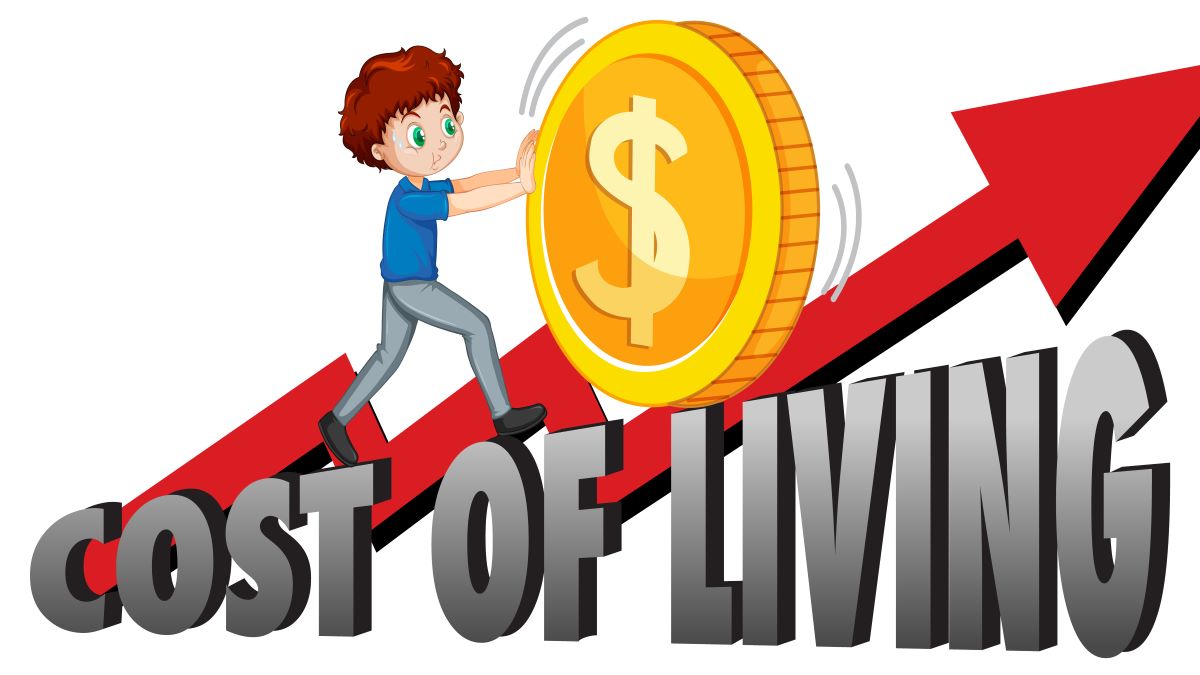

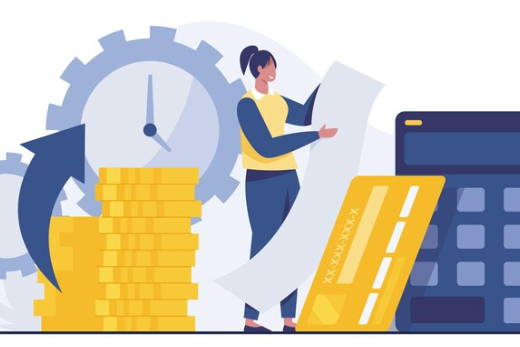
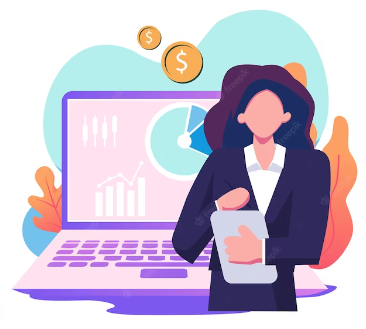
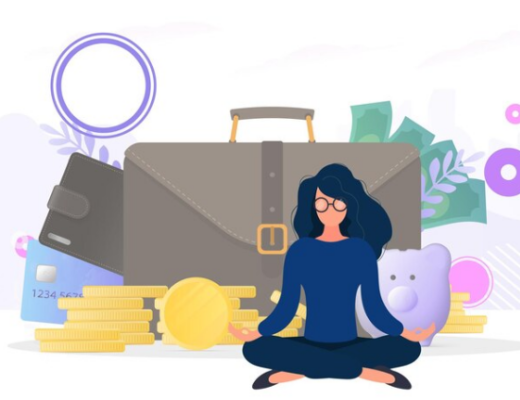
 Our users have reported an average of $5K+ positive impact on their personal finances
Our users have reported an average of $5K+ positive impact on their personal finances
